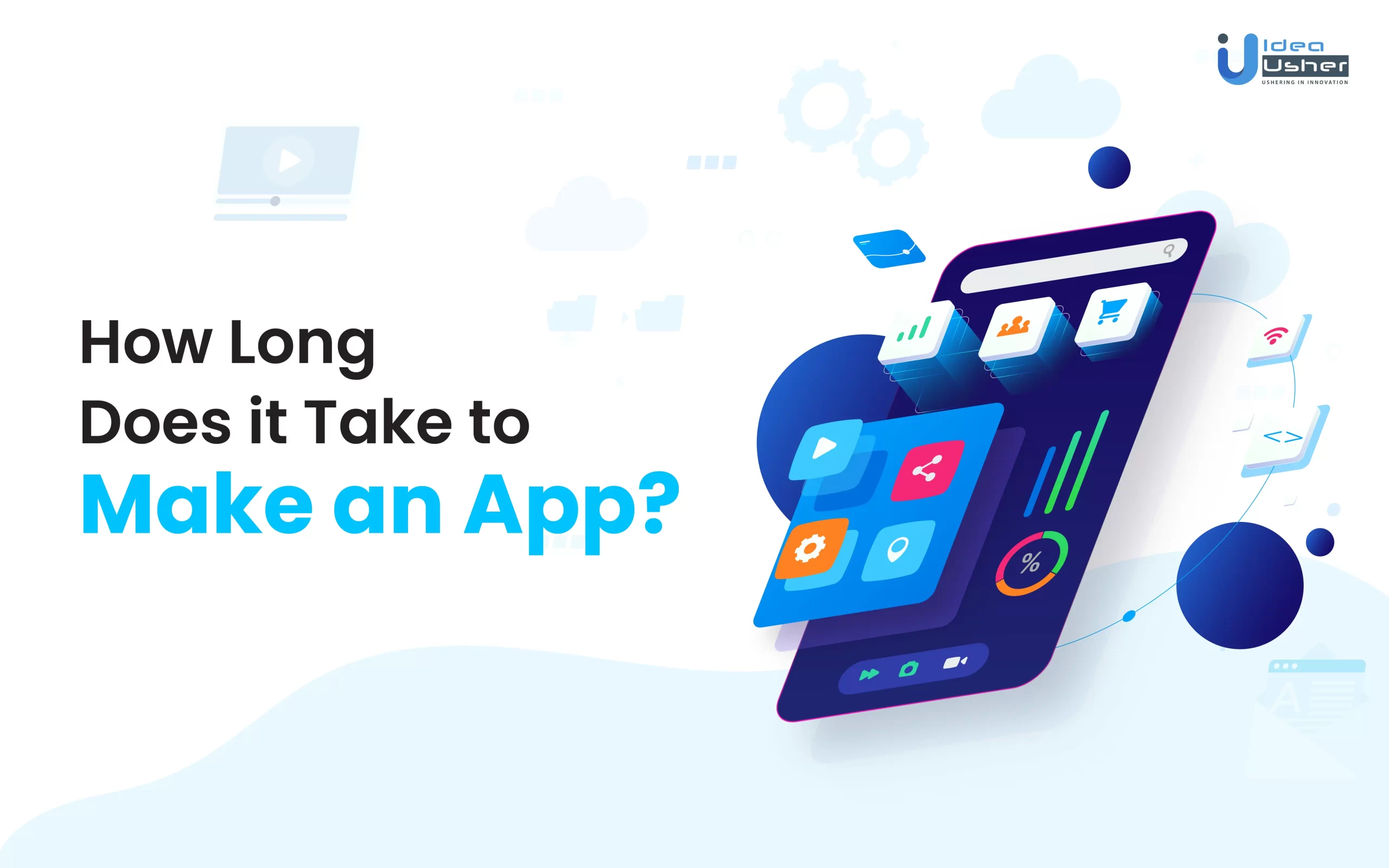As we have peaked in technological advancement, artificial intelligence, and machine learning, one thing that remains constant is the applications that we use on our smartphones and computers. Applications are the most basic form of technology, and codes and commands are induced in our phones.
Each application serves a different purpose, be of various forms like games, fitness applications, social media applications, and even online shopping; e-commerce applications are categorized under a single name called “App.”
A lot of effort and hard work has to be put in to create a perfect application that the user loves and is easy to interact with. The application must be designed to fulfill all the requirements and is made purely to satisfy the user’s need for an app they love.
So are you interested in building your app? Here is a guide and additional information about how long it takes to build an app.
Category of Applications
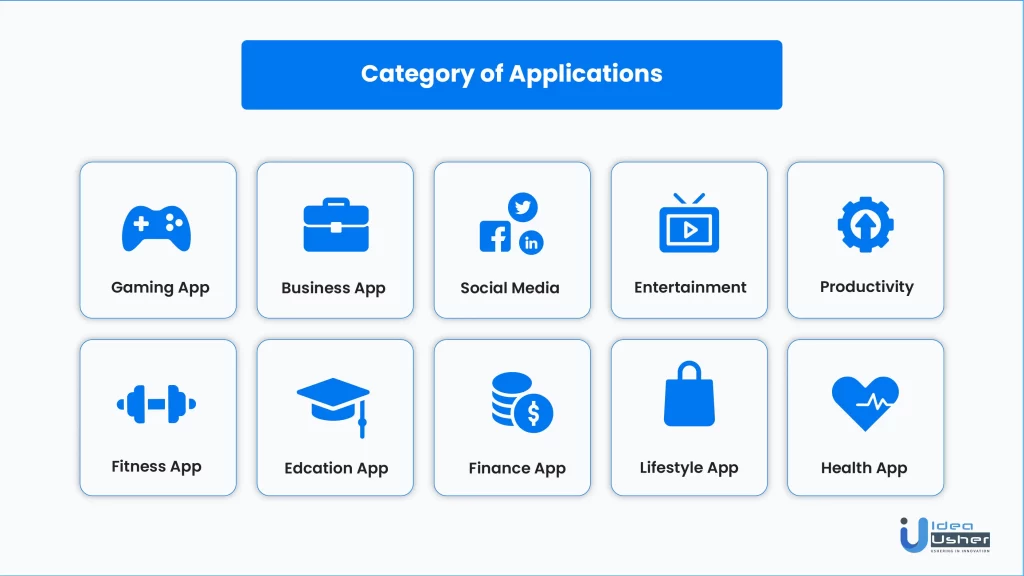
To simplify the apps and their types majorly, it has three categories that can be defined as-
- Simple Apps
- Average Apps
- Complex Apps
All of these applications differ in their complexity, the time it takes for development, codes, and even functionality as we come down the line, making of the app, and the time required to build the app gets more complex and difficult since these come under the category of social media that uses add on features like real-time counts, displaying of millions of content like video and photos chat boxes, etc.
Thus the time required to build the app depends on which category you are working on and what kind of app you are looking forward to building.
The intricacy of the end product, the model’s ultimate structure, the partner app development firm, and many other factors can cause variations in time.
Let us look closer at other points in this article.
Examples
Here is an example for every kind of application.
Simple App.
Typically, essential apps don’t gather statistics of user tales and actions, have up to five pages, don’t share data with the databases of other systems, and don’t register users via email.
Example- card memory games.
Average Apps.
The majority of applications have numerous processes. They have about ten screens, a personal account, social network permission, server or website connections, and payment systems.
Examples include most online shops, scheduling platforms, and programs built using an application maker.
Complex Apps.
Applications that support real-time syncing, interactivity, interaction with any networks, animation, working with downloaded data, and much more fall under complex apps, but they require scripting.
Popular social media applications are a few examples.
Factors Affecting the Development Schedule
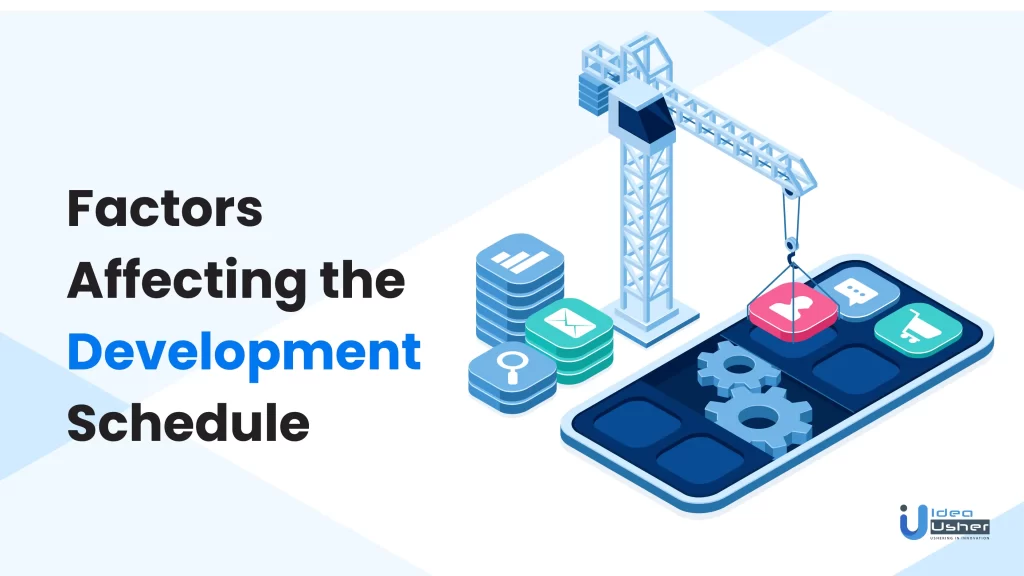
Please don’t neglect to consider several variables when creating an app and estimating its development timeline.
Here, we gathered a few variables and determined how they would affect the timetable.
Factor 1: An Idea’s Complexity
The main element influencing an app’s timeline is its intricacy, which relates to the product’s number of screens, functions, and responsibilities.
The amount of work needed for software creation and design depends on the app concept’s complexity.
A basic app can be created in a few weeks, whereas a complicated one takes months. Then comes testing, backend programming, and front-end development.
While apps like Calm can be created in as little as 880 hours, apps like Uber typically require about 1100 hours.
However, if you want to create something special, like SaaS, it might take at most 1200 hours.
Factor 2. The Specifications
A requirements description includes the main aspects of an app and what it is all about. As a result, the more specific the specifications, the less time it will take to develop an app.
Backend infrastructure, CMS selection, and third-party service integration can all affect the time it takes to create an app.
Furthermore, if you decide to add more features, the total cost and time will undoubtedly rise. The indirect expenses will rise as well. Expenses for project administration or business analysis, for example.
The following are some of the characteristics for which founders search for solutions:
- Sign up via social media or email.
- Messaging or chatting
- Notifications via push
- Payment inclusion
- Maps integration Portrait or landscape view
- User registration and more
Factor 3: The Final Result’s Accuracy
The paperwork is crucial to understand the ultimate objective and the schedule for developing the app.
The design team uses these documents later on when creating wireframe models. These latter documents serve as digital plans for the minimal viable product.
It mainly accomplishes two things:
- It offers the knowledge necessary to spot possible hazards.
- It only contains the absolute necessities.
More change requests will be made in the middle of the project if the requirements for the end output need to be more evident at the outset. Use a rapid product development approach as a result.
You can address your clients’ problems using an outline while giving them a special user experience. During the procedure, the following takes place:
- You can first build a wireframe as a team using a digital application for wireframing.
- The parties are then allowed to comment and point out any flaws.
- You adjust as suggested by the recommendations.
- Up until the intended result, repeat the procedure.
Factor 4: Business Experience
You only need product and design strategy assistance if you have programming expertise. However, you will need help if you are a new company owner.
There are additional variables to take into account. If assembling an internal team is an important part of your company’s strategy, consider the time needed to recruit and train the team for the job.
Only the design and development schedule will be considered if you already have a team.
But if you’re pressed for time, hire a product development company or developer and let them know when you intend to distribute your mobile app. You will save a ton of effort in this scenario.
Factor 5: Platforms Targeted
The development time may vary depending on which platforms the app is being developed for, such as Android, iOS, or both. Developing multiple platforms may also require more time.
Factor 6: Team size and experience
The size and experience of the development team can affect the development time. A larger team can work faster, but experienced developers are more critical in ensuring app quality.
Factor 7: Integration with External Services
Integrating an app with external services, such as payment gateways or social media platforms, can take time and may also require additional expertise.
Factor 8: Design Complexity
The design complexity of the app can also impact development time. Apps with more complex and customized designs may require more time to develop.
Factor 9: Testing and Quality Assurance
Testing and quality assurance are critical parts of the app development process and can also impact the time it takes to develop an app. Adequate testing is necessary to ensure the app is functional, reliable, and secure.
Factor 10: Changes in Project Scope
Changes in project scope can also affect the development time. Additional features or functionality added during the development process can extend the timeline.
Stages and Timeline of App Development
Each level of the app creation process determines the scope of a project and the steps you must take.
Because of this, you must account for the time required for each step, beginning with the development of your program.
Planning Stage
Determining how long an app will take to create is crucial, and it emphasizes both the clients and the development staff.
The project roadmap development standards are established and determined during this step. About two to three weeks pass.
You gather and examine data regarding the project, the industry, the competitors, and the audience at this point of the application development process.
The finding period can take a variety of times. Here are some areas you should pay attention to:
Specifications and Requirements
The process of writing and managing requirements could take two weeks. Here are a few items you must include in the proposal as a starting point:
- Project objective and performance indicators
- Inquiry and proposition (RFP)
- Price limit
- Non-Disclosure contract
- Estimated arrival date
Create Low-Definition Wireframes
The earliest visual depictions of the product are low-quality wireframes, making it easier for customers and creators to understand how the product is designed and functions.
They are very flexible, expedite the process, lower early costs, and shorten the typical time to create an app.
Explain the tech architecture.
Analyzing the technology infrastructure required for creating an MVP is also essential.
Web, native, and hybrid are the three primary mobile app creation initiatives.
A hybrid app is a web app created using Flutter, React Native, Xamarin, and other technologies. A native app is a program designed for a mobile operating system (Objective-C, Swift for iOS app and Java, Kotlin for Android app).
The complete discovery procedure could consume 40–80 hours of the allotted time for developing the app. For instance, the finding part of the app we developed at Spdload, MyWishApp, took about 72 hours.
Design Stage
You develop and refine the product’s UI and UX design during the design phase. This procedure results in a model that is given to the app writers so they can begin creating the product.
Develop High-Definition Wireframes
High fidelity is the most accurate form of the finished output and is a computer-based representation.
Testers are given the finished version of the product via high-fidelity wireframes. Low-fidelity wireframes are used initially to align the narrative with the content strategy. After that, it produces high-fidelity wireframes for the app’s structure and organization.
Make UI Kit
The user interface kit’s user interface elements give people utility. A UI package contains application components like icons, control buttons, checkboxes, widgets, and progress indicators.
Most significantly, UI packages include all the UI design components, saving you from creating them from scratch. They suggest a rigorous adherence to the schedule for developing smartphone apps.
It requires between 40 and 80 hours to complete the planning phase. However, the planning and drawing phases can take two weeks to a month.
Development Stage
The heart of the app creation process is the development portion. It primarily concentrates on UI and backend programming. Beta testing and the process of uploading to app stores are also included.
1. Backend Development
The backend, a hidden portion of a program, is in charge of data storage and protection and accomplishes the same task as the computer.
You can use the API to view it online. (Application Public Interface). A bespoke server, a cloud server, and MBaaS have frequently used backup server substitutes.
The following elements are part of the backend:
- Data storage
- Server-side logic
- Users management
- Versioning
- Data Integration
The backend’s storage capability can also be obtained from a different business. A crew for internal software backend programming can be hired as well. But keep in mind that not all applications need a server.
A fascinating situation came up in our business. When Videonext’s founder decided to transfer their website into the cloud, they contacted us.
Making backend connectivity for the features of the current platform was the most significant challenge.
2. Front-end Development
Everything a person can see in a program is called the front end.
Front-end developers manage everything a user sees, including the structure, style, behavior, and content. It makes use of JavaScript, HTML, and CSS.
Additionally, it oversees the app’s speed and functionality.
Look down below to see what the interface consists of:
- Front-end reasoning
- Synchronization
- Caching
- UI design and implementation using wireframes
3. Testing
One of the crucial and final stages of the app creation process is testing. You may need anywhere from 4-6 weeks.
We spent 340 hours on QA testing for the SwiDate initiative.
Example of App Types
Let’s look at three distinct app kinds and their development times to be more precise with our examples of mobile app development timelines.
Healthcare App
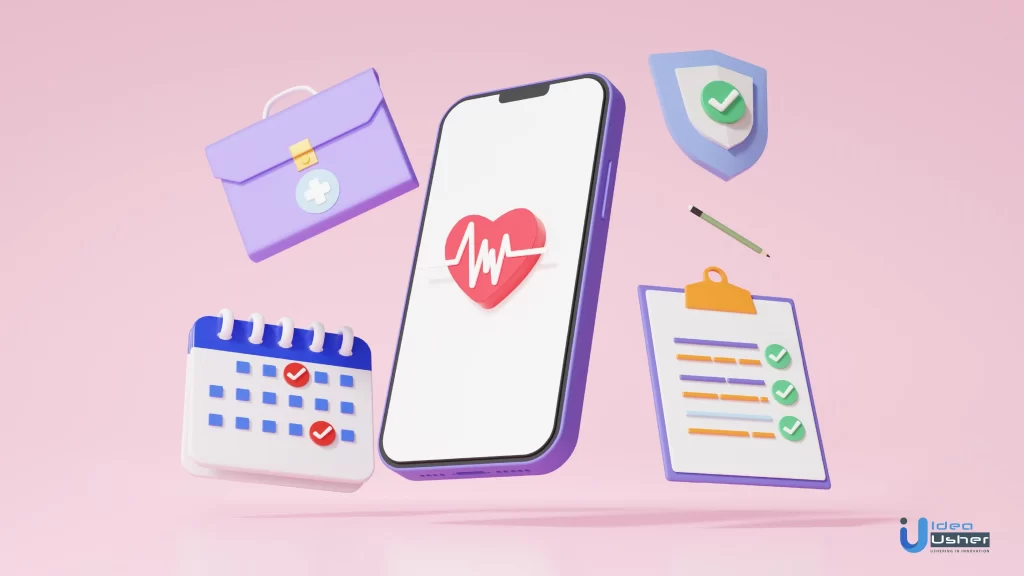
Numerous web diaries, calendars, and other “smart” mobile apps that can store and evaluate data about our bodies are now available to help you monitor your health.
The well-known health applications include Medisafe, SleepCycle Alarm Clock, Happify, and MyFitnessPal.
The creation of a healthcare app typically takes between 6 and 9 months because it typically calls for a team of healthcare professionals, adherence to HIPAA, and the creation of features like:
- Including real-time pulse rate integration
- Including computerized health data in the integration
- EHR
- integrated messaging device
- HIPAA Compliance
- Telemedicine
- target setting
- daily guidance
- Progress monitoring
Education App
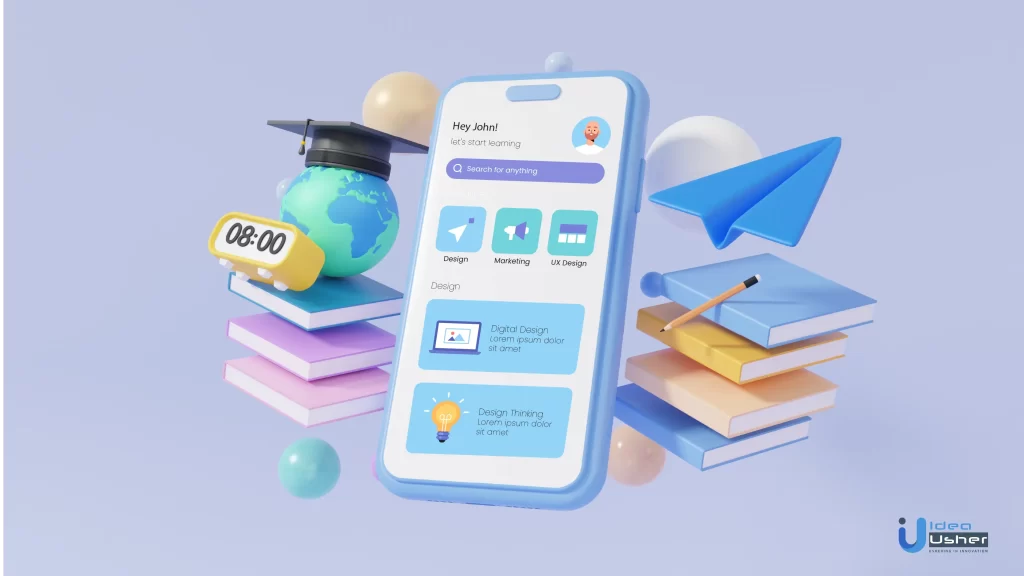
As online education has grown in prominence, more and more educational applications enable users of all levels to take any course they choose.
The most well-known instructional applications are Google Classroom, Khan Academy, Duolingo, SoloLearn, edX, and Duolingo.
Developing educational software typically takes 4 to 8 months, depending on the number of features and connections.
The features must include
- Display sharing
- Recording sessions
- In-session conversations
- Streaming
- File sharing
- Chat moderators
- Polls
- Breakout guidelines
Food Delivery App
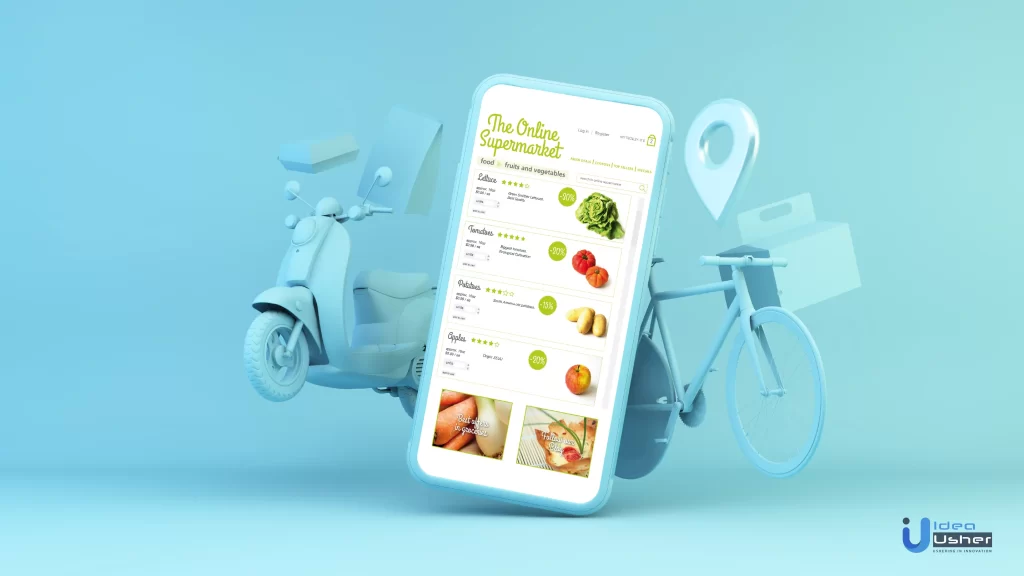
Since the pandemic, there has been fierce rivalry among meal service applications. More people choose to place internet meal orders to save time and avoid lengthy trips to restaurants and grocery shops.
UberEats, Deliveroo, DoorDash, Seamless, and GrubHub, are a few of the most well-known meal delivery services.
Development of meal delivery software typically takes 4 to 6 months, based on the platform, intricacy, and advanced features. Typically, it has the following components:
- Integrating maps
- Watch box
- Push messages and reminders
- Integrations with social media
- Delivery tracking device
- Order progress monitoring
- Restaurant categories
- Delivering hints
The above are a few examples of what kind of strategies are adopted for different kinds of applications.
Wrapping Up
Building an app requires careful planning, development, and deployment. The first step is to identify the purpose and target audience of the app and then create a design and functionality roadmap. This roadmap will guide the development team as they work on building the app’s user interface, back-end functionality, and integration with other systems or services. Regular testing and debugging are essential to ensure the app is stable and bug-free during development. Once ready, the app must be deployed to the appropriate app stores and marketed to potential users.
If you’re looking to build an app to boost your business, Idea Usher can help. Our team of experienced developers uses cutting-edge technology to create high-quality, user-friendly apps that meet your business needs. Contact us today to learn how we can help you take your business to the next level with a custom-built app.
Build Better Solutions With Idea Usher
Professionals
Projects
FAQ’s
Q: How long does it take to develop an app for Android?
A. Developing an app for Android usually takes less time than for iOS, as the development process for Android is less stringent. On average, developing an Android app takes around 3-5 months.
Q: How long does it take to develop a cross-platform app?
A. Developing a cross-platform app usually takes longer than developing native apps for a specific platform. On average, it takes around 6-12 months to develop a cross-platform app.
Q: How long does it take to develop an app for iOS?
A.Developing an app for iOS usually takes longer than for Android, as the development process for iOS is more time-consuming and requires following strict guidelines set by Apple. On average, it takes around 4-6 months to develop an iOS app.
Q: How long does it take to make an app?
A. The time it takes to make an app depends on various factors such as its complexity, the platform(s) it is developed for, the features and functionalities required, the team size, and the development approach.
